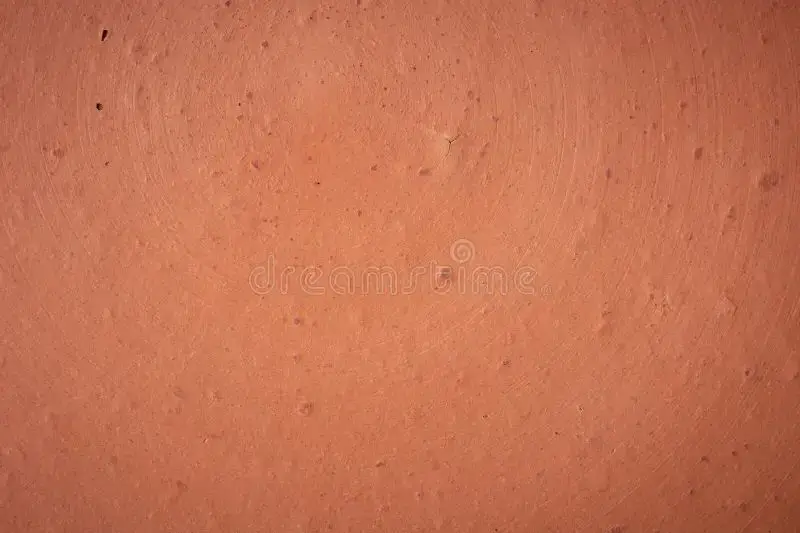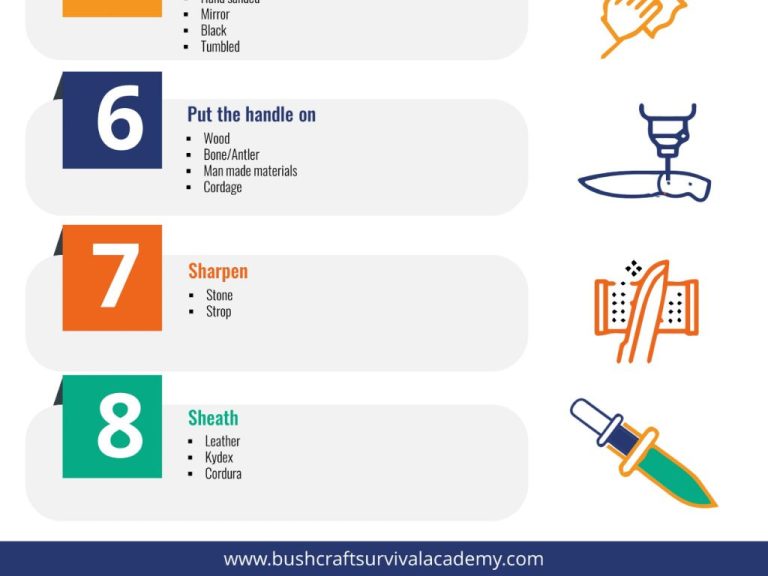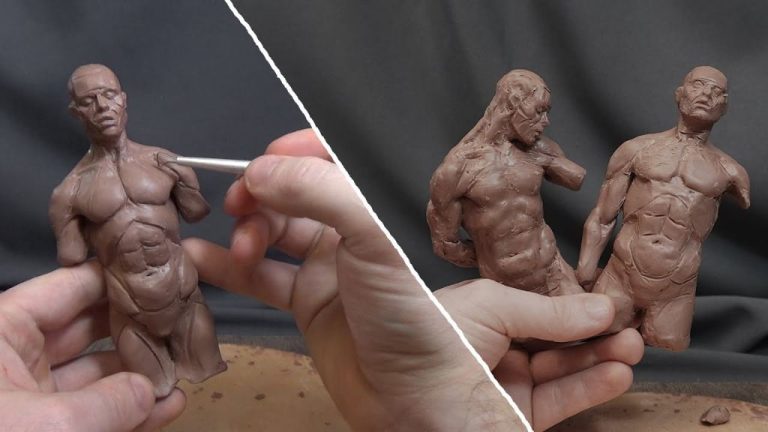What Is The Difference Between Terracotta And Clay Pots For Plants?
Terracotta and clay pots are two of the most common types of pots used for growing plants. Terracotta pots are made from clay that has been fired at high temperatures, giving it a distinctive rust-colored look. Clay pots refer to pots made from natural clay that has been molded but not fired. While both can effectively be used for containers to grow plants, there are some key differences between terracotta and clay that impact their functionality.
This article aims to compare terracotta and clay pots for growing plants. Key factors like composition, porosity, durability, watering needs, temperature insulation, style, and cost will be examined to understand the advantages and disadvantages of each type of pot.
Composition
Terracotta clay is made from clay with high iron content, giving it a distinct red-orange color when fired. According to [URL 1], terracotta clay contains iron oxide, which allows it to fire to a red-orange hue. The iron oxide comes from the natural rock and sediment that the clay formed from over time. In contrast, regular clay pots can be made from many types of clay with lower iron content. As noted by [URL 2], terracotta has a high amount of impurities and contaminants compared to purer clay bodies used for ceramic pots. The key difference in composition is the iron content, which gives terracotta its distinctive red-orange color after firing.
Porosity

Terracotta is more porous and permeable than regular clay. According to How To Choose A Terracotta Pot By Its Porosity, the small grains in natural terracotta clay result in countless tiny pore spaces, creating high porosity. In contrast, regular clay has lower porosity and less permeable pore spaces, as explained by Clay Body Porosity.
The high porosity of terracotta allows more air to reach plant roots, improving root respiration and health. It also enables excess water to seep through the sides of the pot, preventing root rot while still retaining some moisture. Thus, terracotta’s porosity provides an ideal balance of drainage and moisture retention for healthy plants.
Weight
One of the most noticeable differences between terracotta and clay pots is weight. Terracotta is generally much heavier than clay. According to Amaco, a 50 lb block of moist terracotta clay weighs 50 lbs. Whereas a block of moist pottery clay typically weighs between 10-25 lbs depending on the type of clay.
The heavier weight of terracotta is due to its high density and low porosity. Terracotta clay particles are densely packed together during formation, creating a very heavy finished product. The porous nature of pottery clay results in a much lighter overall weight.
The heavy weight of terracotta pots makes them more stable and durable, but also more difficult to move around. Clay pots are lighter and easier to pick up and rearrange.
Durability
Terracotta is generally more durable than regular clay, but also more brittle. According to Limestone, terracotta is fortified by fire and glazing, making it fireproof, weatherproof, and resistant to temperature changes. However, terracotta is still porous like clay, so it can crack or chip if subjected to sharp impacts or blows. Regular clay is softer and less brittle, so it is less prone to cracking, but also less durable overall. As Digital Fire notes, terracotta has better strength than clay, but it is still weaker and less durable than stoneware fired at higher temperatures. So in summary, terracotta offers improved durability over regular clay, but its brittleness makes it more prone to chipping and cracking damage.
Watering Needs
Terracotta pots require more frequent watering than clay pots. This is because terracotta is more porous and breathes better than clay. The terracotta material absorbs moisture from the soil and evaporates it through the pot walls at a faster rate. This helps prevent overwatering but also leads to the soil drying out more quickly compared to impermeable clay pots.
With terracotta pots, it’s recommended to check soil moisture frequently, such as every 2-3 days during warm weather. The exact watering frequency will depend on factors like plant type, temperature, humidity, and sun exposure. During cooler weather, terracotta pots may only need watering every 5-7 days. It’s important to water thoroughly until it drains from the bottom, and not just small sips from the top.
For a hands-off approach, some gardeners use self-watering systems like olla watering with terracotta to maintain soil moisture levels between waterings.
Temperature Insulation
Clay pots provide more insulation from temperature changes compared to terracotta pots. Terracotta clay must be fired at very high temperatures between 2381°F and 2305°F (1305°C and 1263°C) according to this source. This makes terracotta less porous and dense. Denser materials don’t provide as much insulation. In contrast, clay can be fired at lower temperatures starting at 1652°F (900°C). The lower firing temperature keeps clay more porous and able to insulate plant roots against temperature fluctuations.
Style
Terracotta pots come in a wide variety of colors, shapes, sizes, and designs. The clay can be molded into almost any form, allowing for great flexibility and creative expression. Many terracotta pots feature intricate patterns, textures, or decorative elements like faces, animals, and geometric shapes.
Modern terracotta offers a contemporary twist with sleek, minimalist shapes and solid block colors in hues like white, black, gray, blue, and metallic. This allows terracotta pots to work in modern, urban environments in addition to traditional, rustic settings.
Clay imports have a wide selection of modern terracotta planters in various colors and designs. The simplistic shapes combined with the natural terracotta material create a blend of timeless and innovative style.
In contrast, basic clay pots often come in simple forms like rounds and squares without any embellishments. The focus remains on the natural earthen colors and textures of the clay.
So terracotta provides much more versatility in terms of colors, shapes, textures, and designs compared to basic clay pots.
Cost
In general, clay is cheaper to purchase than finished terracotta pots. Raw clay typically costs $15-25 for a 25 lb bag, while a comparable sized terracotta pot may cost $5-15 each. This is because the raw clay requires additional processing – it must be shaped, cleaned, fired, and sometimes glazed before becoming a finished pot.
For crafters or hobbyists interested in making their own pots, buying clay and firing it themselves is the more affordable option. But for gardeners just looking for ready-made pots, manufactured terracotta pots tend to be more convenient despite the higher price tag.
One way to save money on terracotta is to buy plain unglazed pots, which cost less than decorated or glazed versions. Terracotta pots also come in a huge range of sizes, so opting for smaller pots is another way to reduce costs if you only need to pot a few small plants.
Conclusion
In summary, the key differences between terracotta and clay pots for plants come down to composition, porosity, weight, durability, watering needs, temperature insulation, style, and cost. Terracotta pots are made from terracotta clay that has been fired at a high temperature, making them more porous and permeable to air and water. This means terracotta pots allow soil to breathe and help prevent overwatering, but they also dry out more quickly. Clay pots are made from clay that has been fired at a lower temperature, so they retain moisture better than terracotta. However, this lack of porosity means they don’t provide good aeration to plant roots. In terms of durability, terracotta is more brittle and prone to cracking while clay is more flexible. For style, terracotta pots have an earthy, rustic look while clay pots come in a wider range of glazes and patterns. Considering the differences, terracotta may be preferable for drought-tolerant plants that require excellent drainage, while clay is a better choice for moisture-loving plants. Evaluate your own plant’s needs and preferences, as well as your watering routine and personal style, to decide between terracotta and clay pots.


